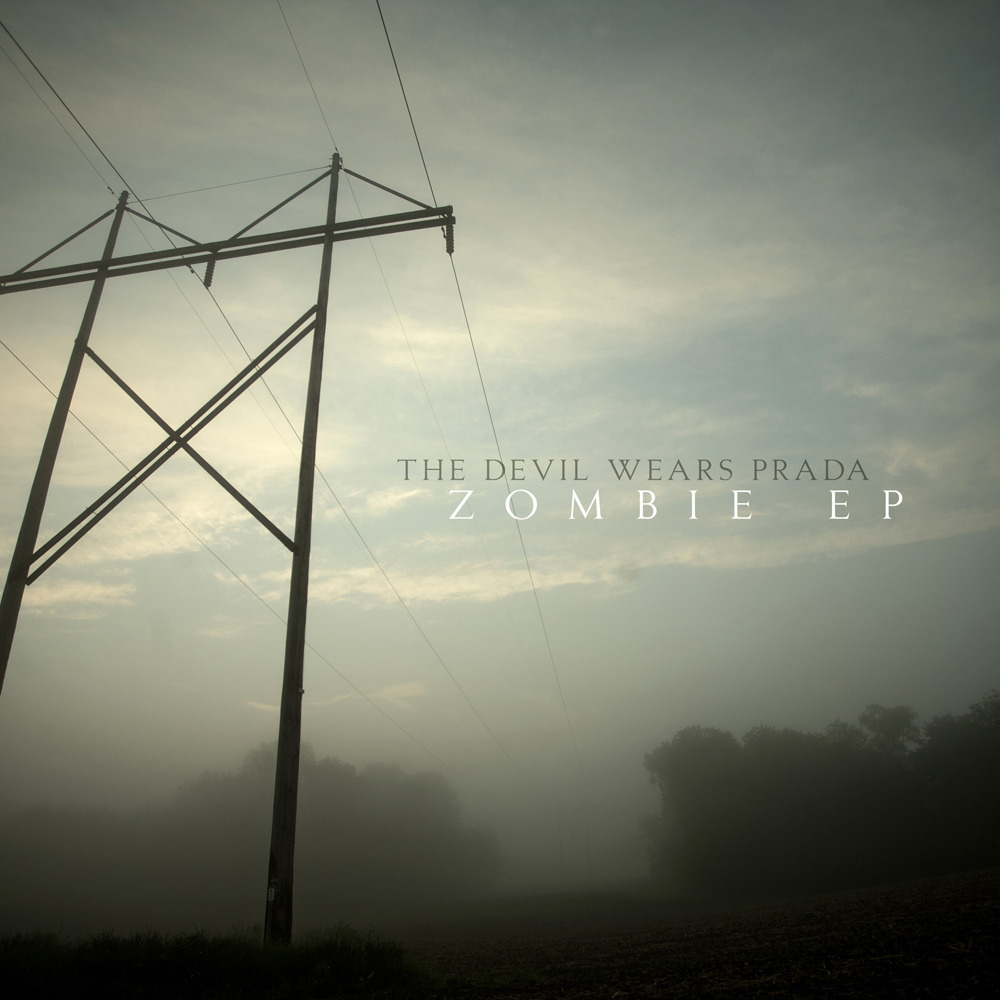i have a pair of charged parallel plates. they are circular and have a radius of 1.6 cm. so the surface S = pi\r^2 the electric field E = 2000V/m so the charge per unit surface sigma = E*e0 (e0 is the electric constant). the charge Q is gonna be the charge per area time area, Q = sigma*S which is, E*e0*pi*r^2 so, 2000*3.14*(0.016^2)*8.854*10^-12 = 1.424*10^-11 Coulombs right?
so then why tf does my book say 22 uC. next exercise tells me to half the radius so it would be 4 times smaller charge and yeah they say it should be 5 uC. help me out u,w,u
psssh that's easy...but I won't tell you because you need to work it out yourself.
mm not really, just knowing the electric field i can tell how concentrated the charge is.
bruh im a highschool student, im sure some people in my class dont know what an electron is, we havent even done magnetism.


